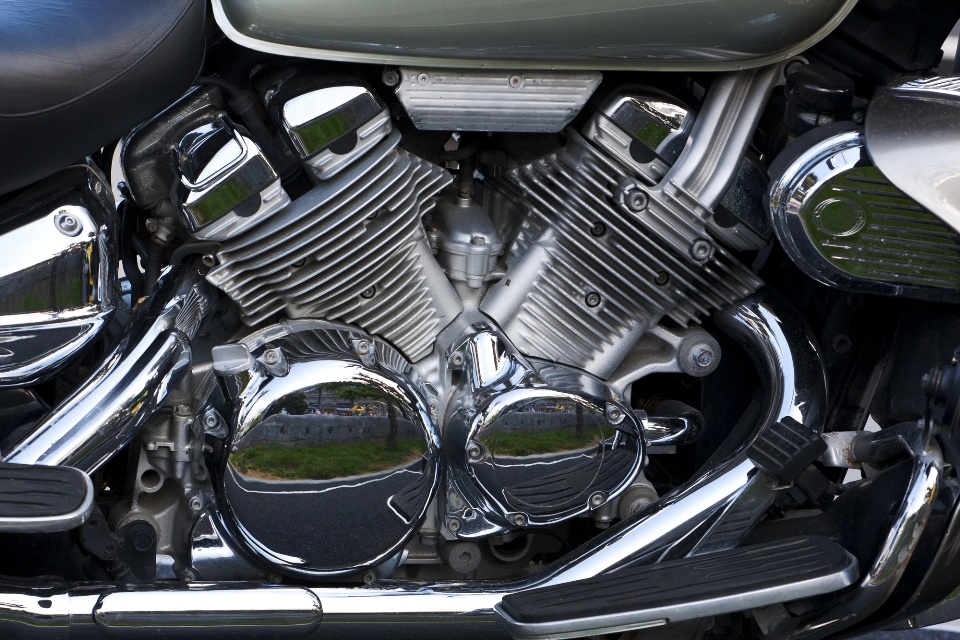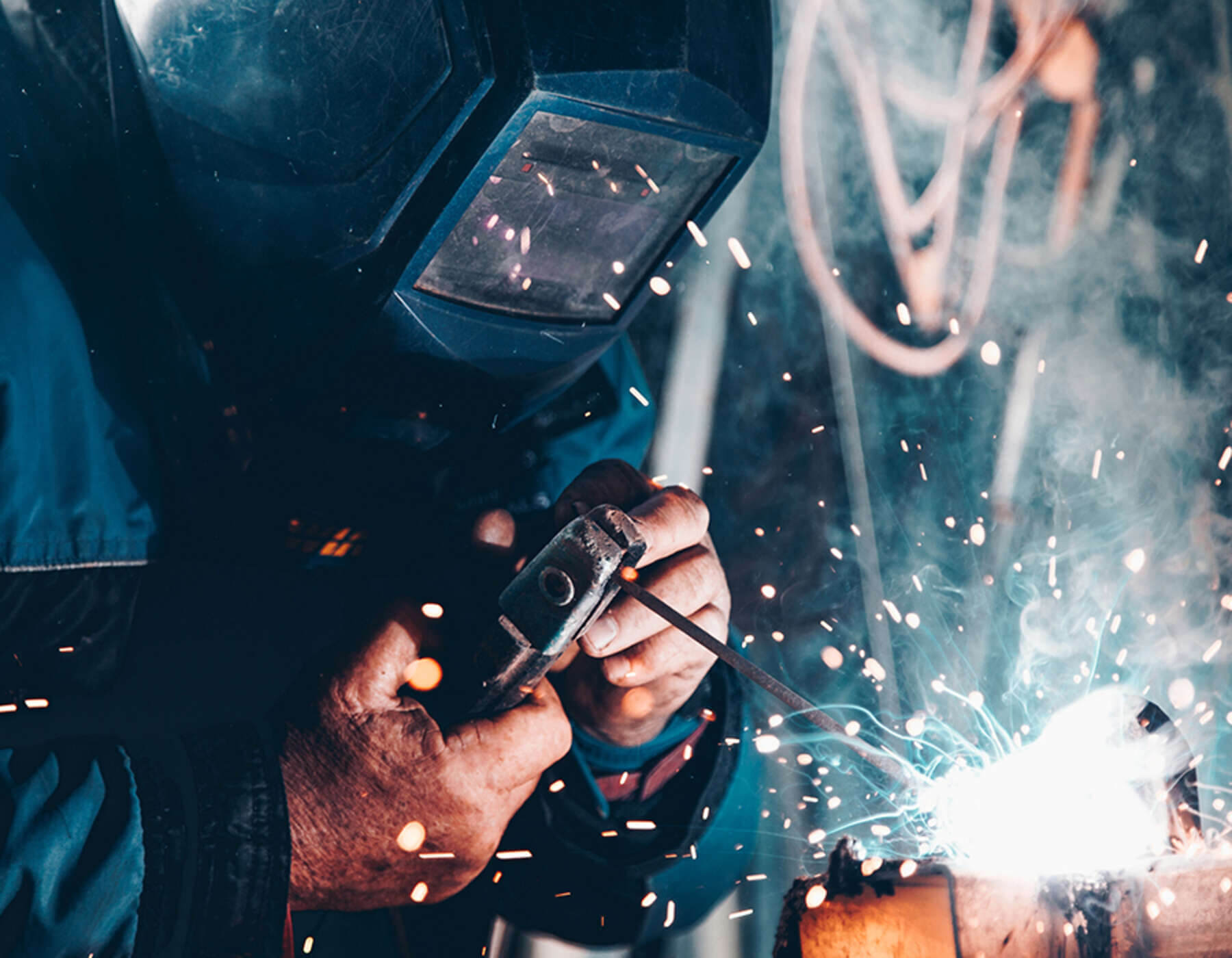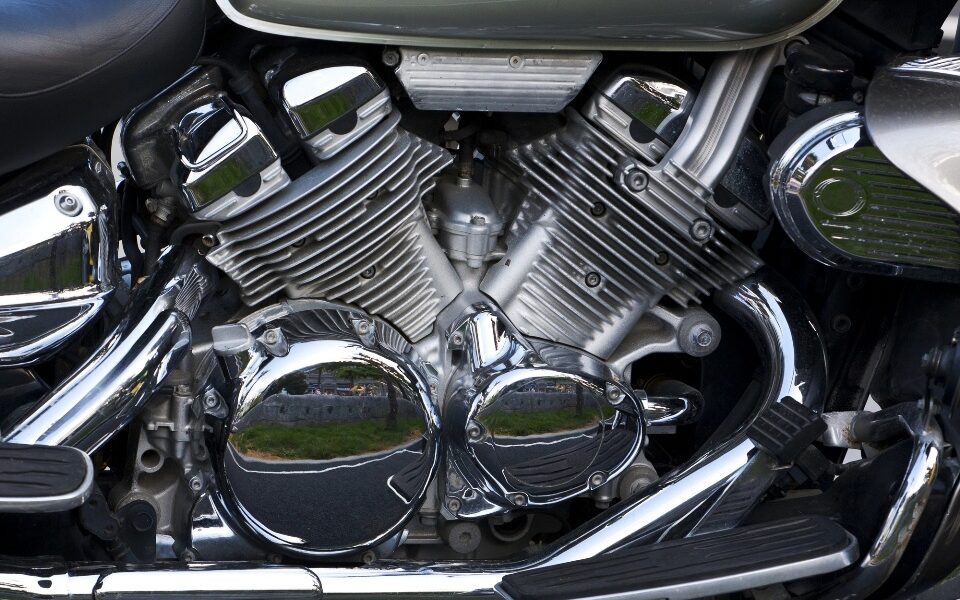
Chrome plating is a specialist technique where a thin layer of chrome is applied over different surface materials, such as steel, brass, aluminium, plastic, copper, and stainless steel.
Chrome plating involves various processes to achieve the desired outcome, with the procedure being applied to single items such as nuts and bolts and large applications like car bumpers and parts.
Our sheet metal fabrication services help to provide viable solutions and finishes to a range of metal fabrication projects – check out our case studies online to see some of our most recent projects.
What is Chromium Plating?
Chrome plating can help to provide old and tired parts with a new lease of life.
Also known as chrome electroplating, chrome is bright, adds a blue hue, and has a deep reflection.
There are two types of chrome plating:
Engineered/hard chrome plating – during this process, a heavy coating is applied to the metal in order to provide greater lubricity and oil retention and boost wear resistance. It is suitable for piston rings, thread guides, hydraulic cylinders, and so much more due to its strength, wear, and corrosion resistance capabilities.
This particular chrome plating process involves chromium and other chemicals being applied to steel surfaces to make them shiny and metallic in appearance. However, it is important to note that this is not decorative plating and is primarily used on larger appliances such as chrome-plated wheels and bumpers for example.
Hard chrome plating is also used when there is friction between moving parts, and you need to improve durability, extend lifespan, and reduce maintenance.
Hard chrome plating is often used on steel, stainless steel, copper, brass, and bronze, creating varying thickness levels and providing a solution that is easy to clean and maintain.
Benefits of engineered chrome plating:
- Superior hardness
- Durable
- Wide range of bases
- Low friction
- Excellent adhesion
- Wear and corrosion-resistant
- Available in a variety of finishes.
Decorative chrome plating – mainly used for aesthetic appeal. This process involves electroplating nickel and applying this as the first layer before going on to plate with chrome.
This allows sheet metal fabricators to achieve smoothness on the metal surface, increase corrosion resistance, and add to the reflectivity.
The layer is incredibly thin and comes with a bluish hue that protects against tarnishing and scratching.
Decorative chrome plating is primarily used on parts, tools, and utensils, protecting against rust and everyday wear, where products get wet or are exposed to corrosive conditions.
Providing a smooth and shiny appearance makes chrome plating desirable for many consumer products.
Benefits of decorative chrome plating:
- Improved appearance
- Corrosion resistant
- It offers some wear resistance
- Easy to clean and maintain.
Whether you opt for engineered or decorative chrome plating, what is most certain is that you must use high-quality chrome to avoid any form of rusting.
Chrome Plating Process
The chrome plating process uses a number of toxic chemicals, including chromium, so it should only be carried out by certified professionals who follow stringent health and safety guidelines.
Chrome plating involves buffing, polishing, cleaning, dipping in acid, adding zinc, and, in some instances, copper plating, with the application rinsed at each stage before the final chrome plating is applied.
If robust manufacturing processes are not followed, you do run the risk of the chrome plating blistering or peeling, showing poor adhesion of the chrome plating to the metal surface.
Providing a protective and shiny coating, chrome dipping involves an electrolytic process where the application is placed in an electrolytic bath, cleaned and then placed in a chrome plating VAT ready for chrome dipping.
Chrome dipping then involves depositing chromium onto the substrate using an electric current. The length of time the metal spends in the chrome plating VAT solution will depend on the desired thickness of the plating.
Chrome plating is applied evenly to all shapes and sizes of sheet metal fabrication applications, making it a very versatile metal fabrication finish.
Benefits of Chrome Coating
Chrome plating makes end products extremely durable, making appliances suitable for indoor and outdoor use. However, if the application is for outdoor use, we would advise that it has a minimum of two layers of nickel plating before applying the chrome plating. This will provide an increase in corrosion resistance.
You can also replace and re-chrome parts as needed or as you see fit. For all this requires a lot of preparation, and depending on the application, it can be more cost-effective than replacing altogether.
Disadvantages of Chrome Dipping
There is no colour chrome, only black and possibly different shades of black, depending on if you opt for a gloss or matte finish.
Sheet Metal Services
Adding a chrome finish is a skilled practice that involves applying chrome to metal and ensuring that it is set to last.
It is also an essential finish for objects that must be rust-resistant and avoid scratches.
At Morfabrication, we work collaboratively with you to find the best and most appropriate metal fabrication solution for you.
Working across various industries, we have supported customers with a range of metal finishes, and we’re here to help you.
Call 0191 816 2718 or email info@morfabrication.com to find out more.
Read the next article: Metal Shearing

